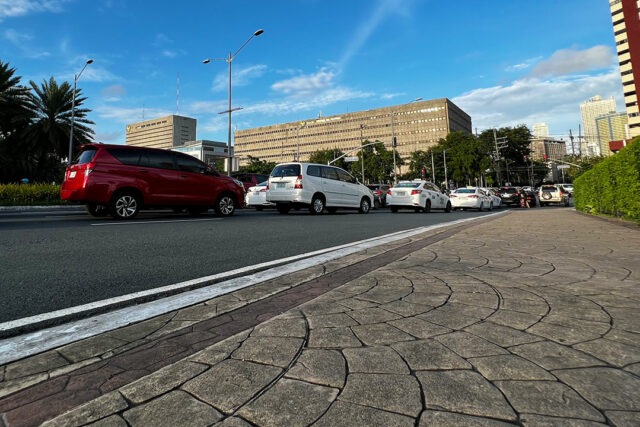BSP says open to granting more digital banking licenses ‘soon’

THE CENTRAL BANK is open to granting licenses to more digital banks “soon,” its top official said on Wednesday.
“There are a lot of good players who are applying [for digital banking licenses]. I’m hoping that we can begin issuing licenses again pretty soon,” Bangko Sentral ng Pilipinas (BSP) Governor Eli M. Remolona, Jr. told reporters in mixed English and Filipino.
Many groups are interested in setting up digital banks, Mr. Remolona said.
“But we’re looking at the existing ones — the six digital banks that have licenses. Essentially, we’re looking at their business models, and we’re learning. They’re learning,” Mr. Remolona said.
“Once we get more comfortable with their business models, we will allow more licenses for digital banks,” he added.
BSP Supervisory Policy and Research Department Director Maria Cynthia M. Sison said the central bank has not decided when to lift the moratorium on the grant of digital banking licenses.
“We’re still doing the study on the existing digital banks. Once we have completed that study, the decision whether to lift the moratorium or not will follow,” Ms. Sison said.
The central bank closed the applications for digital bank licenses in 2021 after allowing six new lenders to operate.
Then-BSP Governor Benjamin E. Diokno said keeping the number of licensed digital banks at six would allow regulators to monitor the industry’s development and ensure healthy competition among the new lenders.
The first six digital banks allowed by the BSP to operate are Overseas Filipino Bank, Tonik Digital Bank, Inc. (Philippines), UNObank, Union Digital Bank, GoTyme Bank, and Maya Bank.
Digital banks are not required to set up branches or even branch-lite units and are only expected to maintain a head office to allow them to focus their investments on technology.
These lenders are subjected to prudential requirements imposed on traditional lenders.
Lenders with digital banking licenses are expected to help the BSP reach its goal to bring 70% of Filipinos into the formal financial system and have 50% of transactions done online by the end of this year. — K.B. Ta-asan



